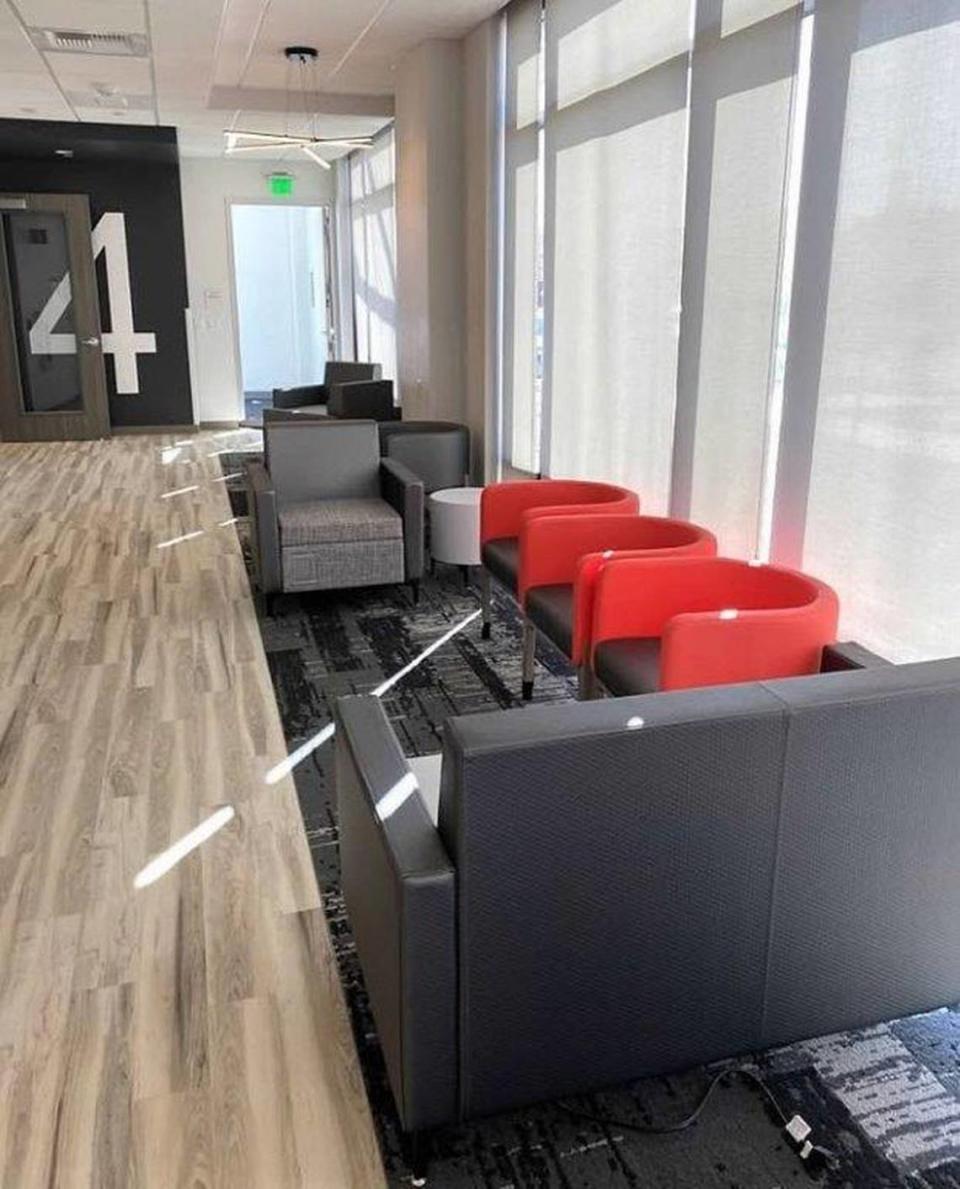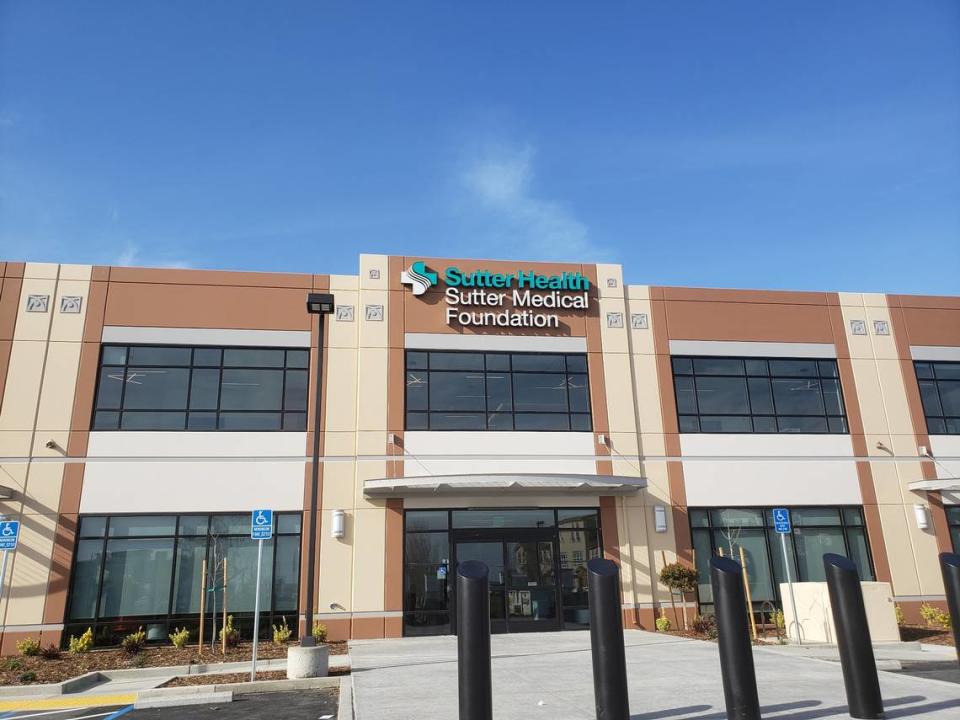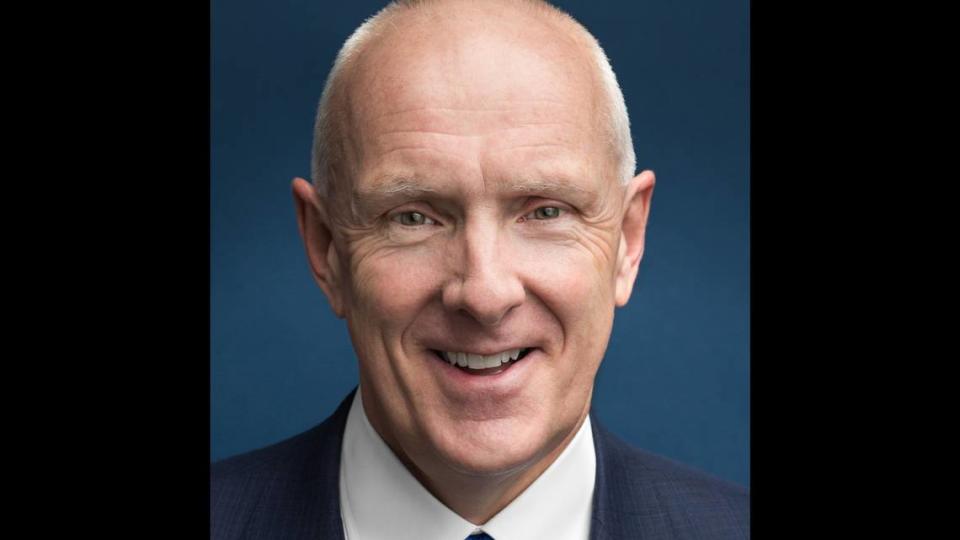Here’s how Sutter Health will invest millions to bring doctors closer to California patients
Sutter Health leader Warner Thomas told The Bee Monday the company will build more than two dozen ambulatory care centers around Northern California over the next four years.
It’s a multimillion-dollar capital investment aimed at expanding access to Sutter’s medical teams.
“Part of this is (related to) population increases,” said Thomas, in his first interview with The Bee since taking the reins as Sutter’s chief executive officer. “But frankly, Sutter has a great reputation. Our physicians have a great reputation, and people want to come see us. “
This demand is driving not only this boom in new access points, Thomas said, but it’s also what is behind Sacramento-based Sutter’s decision to expand the number of physicians it’s training to treat patients in Northern California.
Sutter recently welcomed 86 medical residents to its graduate medical education training program at Roseville Medical Center and other sites, filling all of the new positions it had to offer, Thomas said.
The American College of Graduate Medical Education has found that 70% of physicians go on to practice within 70 miles of wherever they finish their training, he said.
So far, about 43% of physicians from the training program have been hired into Sutter practices.
In total, Sutter now has 200 residents training in Amador County, Davis, Roseville, Sacramento , San Francisco and Santa Rosa, Thomas said. Sutter leaders have set a goal of doubling that number in the next few years.
That effort recently received a boost from a federal grant to develop a residency program in obstetrics and gynecology at Sutter Roseville in partnership with Sacramento-based WellSpace Health.
“We are growing medical education not just in Roseville, but we’ll be doing it across our system,” he said, “and we expect that over the next several years we’ll be able to grow our graduate medical education by four times (the current size) and open up new graduate medical education programs both in Roseville (and) at other facilities across the Sutter system so that we can train and retain more physicians here in Northern California.”
Thomas said Sutter wants to be considered the best place for doctors, nurses and others to practice, whether it’s in urban, suburban or rural areas. That will ensure the company can recruit the providers it needs to offer the best, most accessible care to Sutter’s more than 3.3 million patients.
As Sutter makes its push into expanding access points, the company will evaluate which services best fit the needs of patients near its ambulatory care centers, Thomas said.
Services patients can expect to find
Talking about what patients can expect, Thomas pointed to two projects conceived before the current expansion plan. At a north Natomas ambulatory care center, a dermatologist works alongside primary care doctors. That location, which expanded into a building at 2951 Benefit Way two years ago, has 26 exam rooms and three rooms where doctors can perform medical procedures.
In exurbs or more rural areas of Northern California, Thomas said, patients can expect centers that offered a primary care nexus similar to the one expected to open next year in southern Yuba County. It will provide some lab services to cut down on the need for travel.
In the Sacramento region, Thomas said, his team is currently making plans for ambulatory care sites in Folsom, Elk Grove, West Roseville and East Sacramento.
The purpose of some centers will be bringing primary care doctors and medical services closer to patients, he said, while others will offer outpatient surgery options, cancer infusion and radiation therapy, or medical specialists practicing in combination with primary care providers.
Often, Thomas said, such outpatient centers can provide care in a more cost-efficient way than hospitals can.
“You’re seeing joint replacement in patients that are healthy, and many of those are done on an outpatient or 23-hour overnight stays,” Thomas said. “I think you’re seeing more surgery like that ... and other less invasive surgery that’s being done outpatient because that hospitalization time is just not required, and the ability to go home (the) same day is continuing to grow and expand.”
Thomas said the company will issue new bonds to pay for the expansion and he expects healthy demand from investors seeking a safe investment. Sutter’s long-term bond portfolio has been highly rated, he said, with Fitch Ratings reporting last year that it had given the company an ‘A’ for its stable outlook.
The company also had solid earnings on its business operations last year, Thomas said. It posted an operating profit of $278 million, up 40% from the prior year. Equally as important, patient volume finally returned to pre-pandemic levels last year for the health-care giant.




